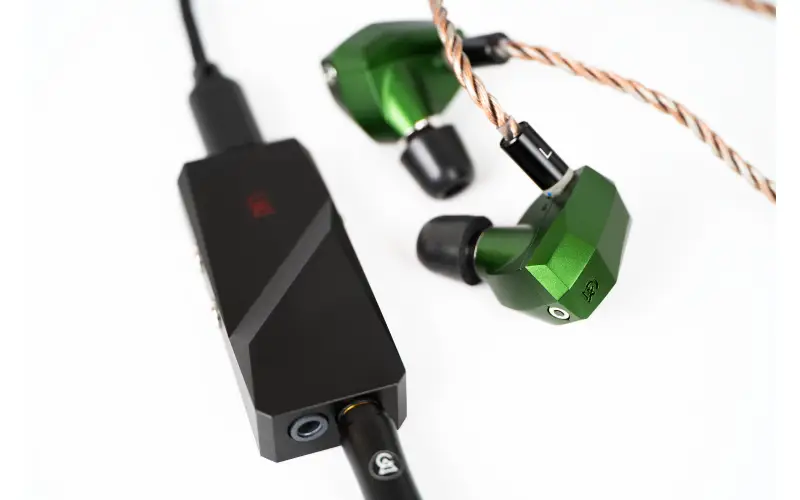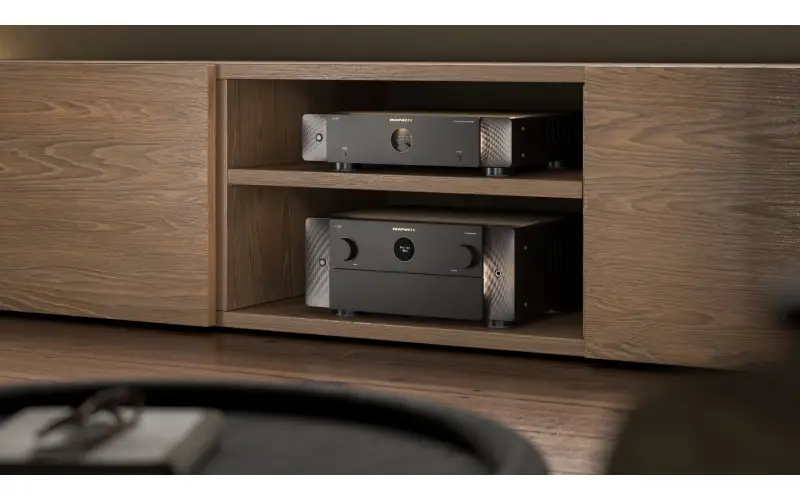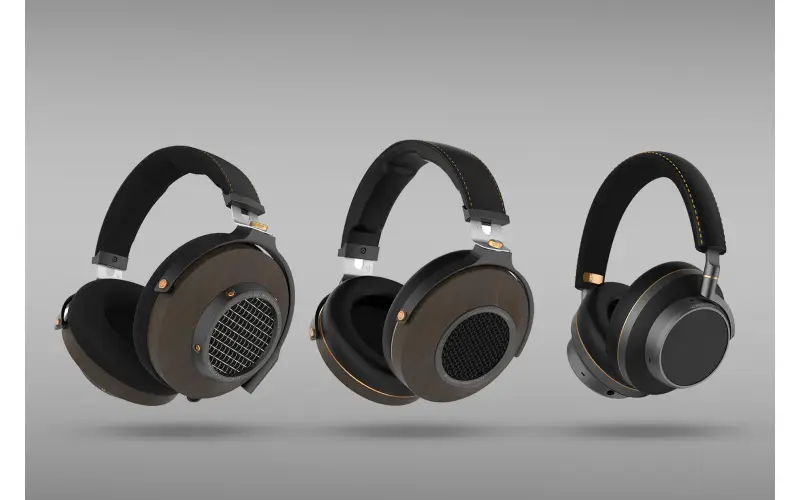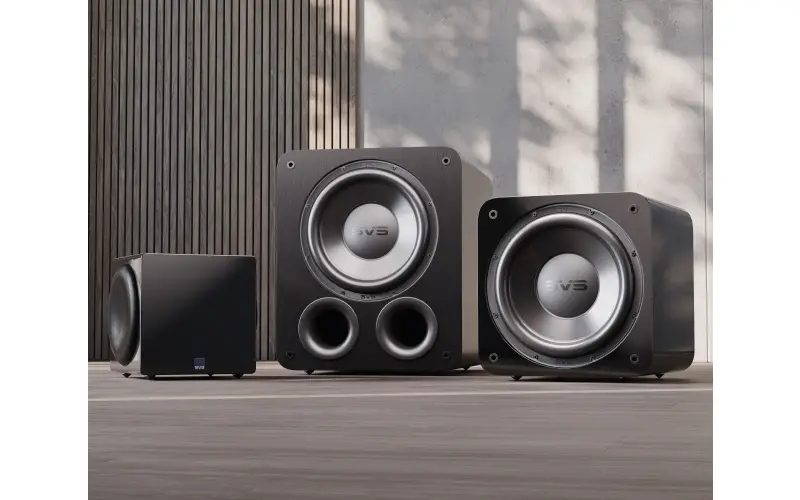By CE Critic - Buy Better Tech
Table of Contents
- Introduction: Samsung's Blurring of the OLED Line
- What is QD-OLED? What is WOLED?
- Samsung's Motivations: Why Change the Tune?
- The Impact on Consumers
- 2024 Outlook: Is the "Panel Lottery" a Dealbreaker?
- Conclusion
Introduction: Samsung's Blurring of the OLED Line
Samsung, a major player in the premium TV market, is causing a stir with its 2024 OLED lineup. The company will reportedly use both its own cutting-edge QD-OLED panels and LG Display's older WOLED panels within certain models—and it's unclear if they'll even inform customers which panel they're getting. This marks a stark departure from the early days of QD-OLED, where Samsung heavily touted its advantages over WOLED.
What is QD-OLED? What is WOLED?
-
QD-OLED (Quantum Dot Organic Light-Emitting Diode): This technology combines an OLED panel with a layer of quantum dots. Quantum dots are tiny particles that emit highly saturated, pure colors when excited by light. QD-OLED boasts brighter highlights, wider color gamuts, and less color dilution than WOLED.
-
WOLED (White Organic Light-Emitting Diode): The standard OLED panel type used by LG Display and its partners. It uses color filters over a white OLED subpixel to create different colors. WOLED excels at displaying pure whites, important for HDR content, and is more established with proven reliability.
Samsung's Motivations: Why Change the Tune?
Samsung's initial OLED push heavily emphasized the superiority of QD-OLED, positioning it against the then-dominant WOLED. However, several factors seem to be influencing its current mixed-panel strategy:
- Pressure from LG Display: Reports suggest LG Display, a key supplier, requested that Samsung not market WOLED as inferior, blurring the distinction between the technologies.
- Supply Chain Issues: Limited QD-OLED panel yields may be forcing Samsung to supplement its lineup with WOLED TVs.
- Cost Control: WOLED panels might be a more cost-effective option, impacting TV pricing.
The Impact on Consumers
Samsung's lack of transparency creates several issues for consumers:
- Informed Decision-Making: Enthusiasts care about panel differences; QD-OLED and WOLED have unique strengths and weaknesses. Without clear labeling, buyers can't make fully informed choices.
- Confusion and Mistrust: This approach breeds confusion, especially for buyers less familiar with the nuanced differences between panel types. It could erode trust in Samsung's OLED messaging.
- Diminishing Market Excitement: The OLED space has been exciting in recent years, with clear differentiation fueling competition. Samsung's strategy risks downplaying the technological advancements made.
2024 Outlook: Is the "Panel Lottery" a Dealbreaker?
Samsung's potential "panel lottery" depends on how widespread it is across sizes and models. If it's limited to some S90D sizes, the impact is less significant. However, a broader implementation could have these effects:
- Negative Reviews and Sentiment: Reviewers and tech enthusiasts are unlikely to appreciate the lack of clarity, potentially impacting recommendations.
- Price Sensitivity: Buyers might prioritize the cheapest Samsung OLEDs, regardless of panel type, disrupting price structures Samsung may be intending.
While the full extent of Samsung's mixed-panel strategy remains to be seen, reports and expert analysis point to these specific models and sizes as potentially being in "panel lottery" territory:
-
Samsung S90D: The uncertainty centers around the 55-inch, 65-inch, and 77-inch models of the mid-tier S90D. These sizes could randomly include either QD-OLED or WOLED panels.
-
Potentially Unaffected Models:
- S95D (Flagship): Likely to exclusively use QD-OLED panels across all sizes.
- S85D (Entry-Level): Expected to use WOLED panels only, though this is not fully confirmed.
- S90D (Smaller & Largest Sizes): The 42-inch, 48-inch, and 83-inch S90D models should use WOLED, as QD-OLED isn't available in those sizes.
Important Note: It's crucial to stay updated on official announcements from Samsung as the 2024 lineup release approaches. Information may change, and regional variations in panel usage are possible.
Conclusion
Samsung's 2024 OLED TV strategy represents a significant shift from its assertive, quantum dot-focused beginnings. While motivations are understandable, failing to communicate panel distinctions is a disservice to consumers who care about image quality and informed purchases. This approach risks diluting the impact of QD-OLED and undermines the healthy competition that spurred recent innovations in the OLED space.





